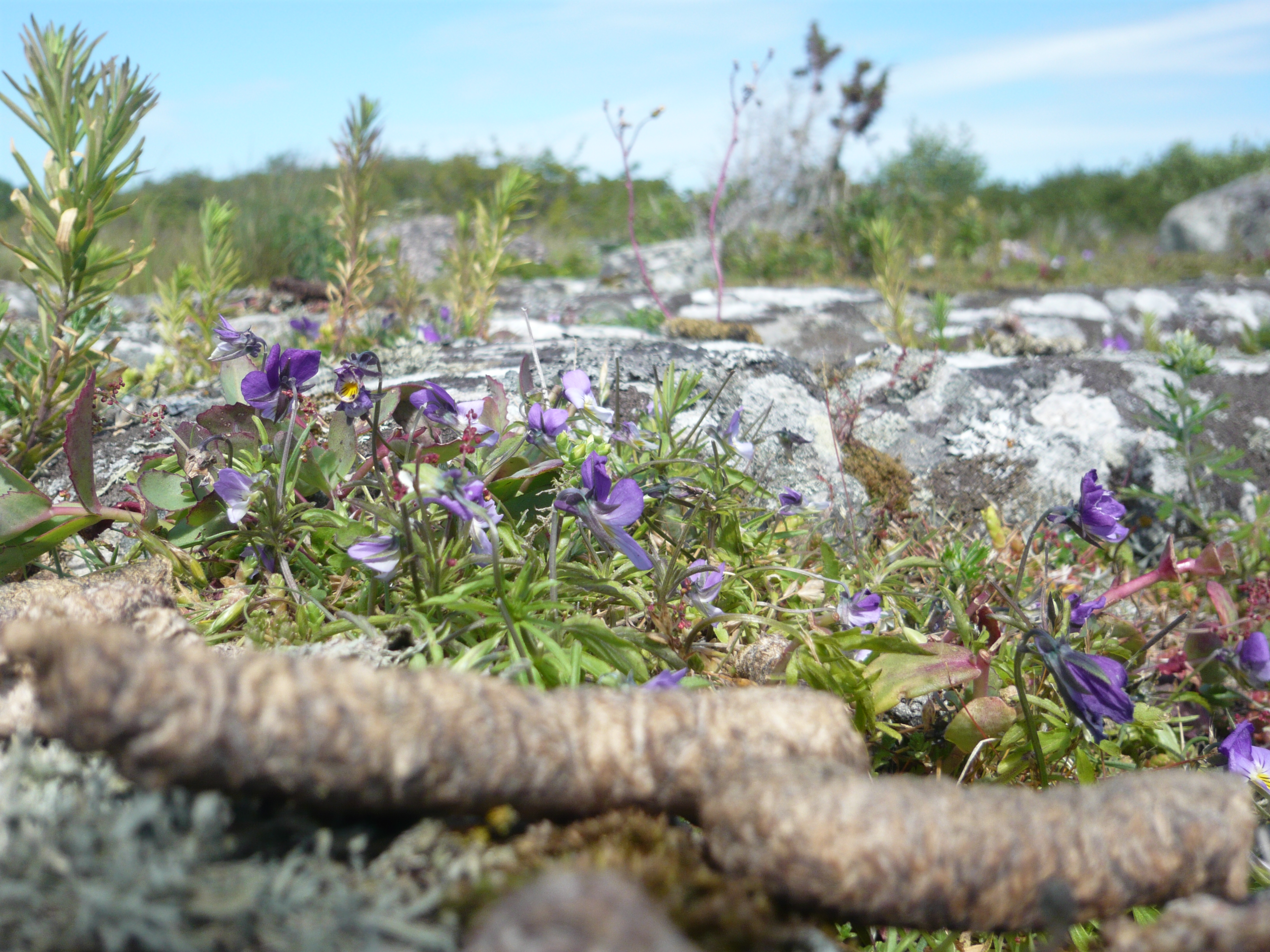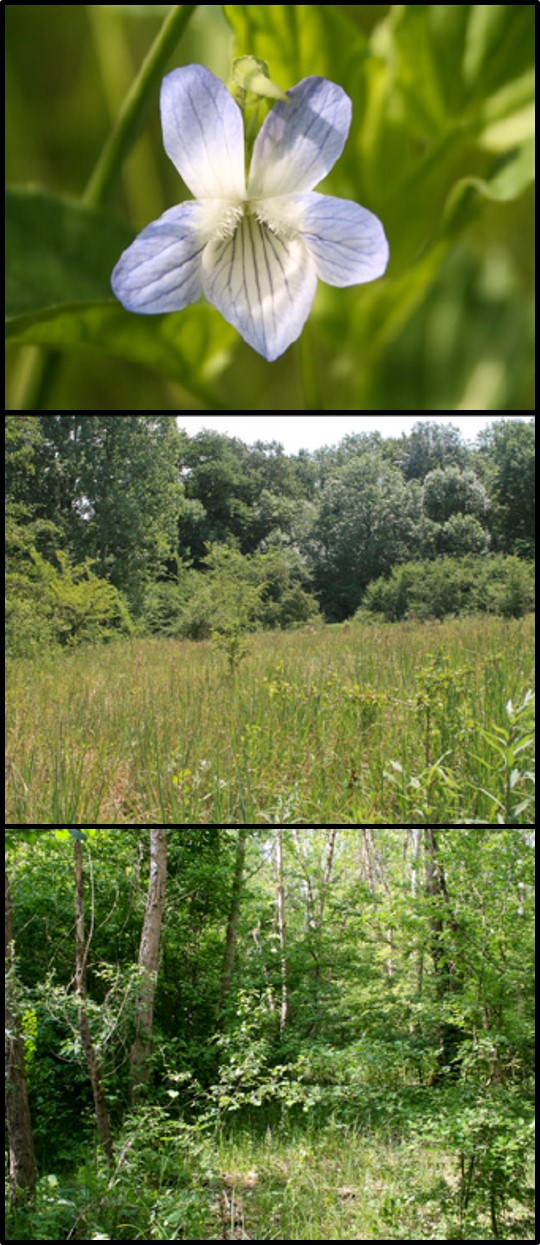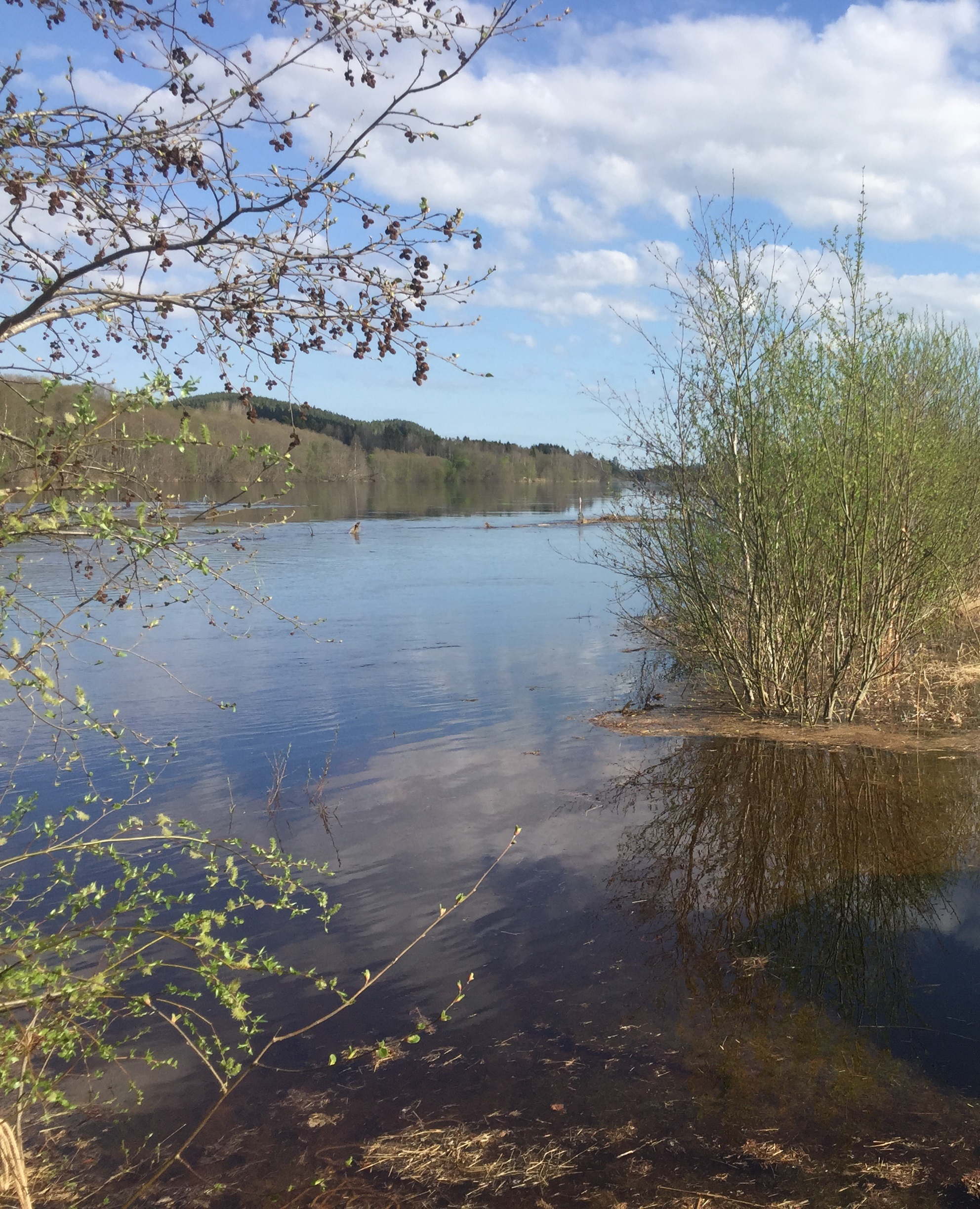Paper: Germination of the invasive legume Lupinus polyphyllus depends on cutting date and seed morphology
Posted by Karl Filipsson | PapersLutz Eckstein, professor at Karlstad University, together with Yves Klinger, David Horlemann, Annette Otte and Kristin Ludewig recently published the paper Germination of the invasive legume Lupinus polyphyllus depends on cutting date and seed morphology in the journal NeoBiota. The paper is accessible open access on the journal website, or you can read a summary of the paper below:
In semi-natural grasslands, mowing leads to the dispersal of species that have viable seeds at the right time. For invasive plant species in grasslands, dispersal by mowing should be avoided, and information on the effect of cutting date on the germination of invasive species is needed. We investigated the germination of seeds of the invasive legume Lupinus polyphyllus Lindl. depending on the cutting date. We measured seed traits associated with successful germination that can be assessed by managers for an improved timing of control measures. Germination patterns were highly asynchronous and differed between seeds cut at different dates. Seeds cut early, being green and soft, tended to germinate in autumn. Seeds cut late, being dark and hard, were more prone to germinate the following spring, after winter stratification. This allows the species to utilize germination niches throughout the year, indicating a bet-hedging strategy.
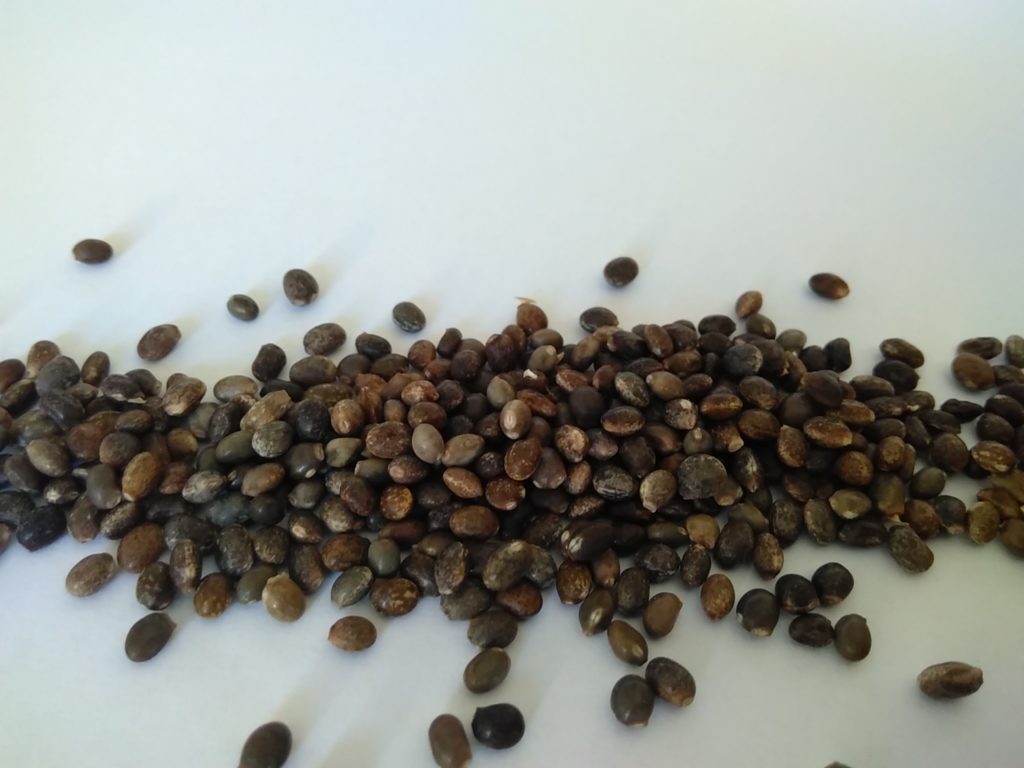
Seed color and the percentage of hard seeds were good predictors of germination percentage. Managers should prevent the species from producing black and hard seeds, while cutting plants carrying green and soft seeds appears less problematic. Furthermore, germination patterns differed between experiments in climate chambers and in the common garden, mainly because germination of dormant seeds was lower in climate chambers. We propose that more germination experiments under ambient weather conditions should be done, as they can give valuable information on the germination dynamics of invasive species.



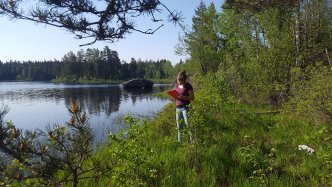
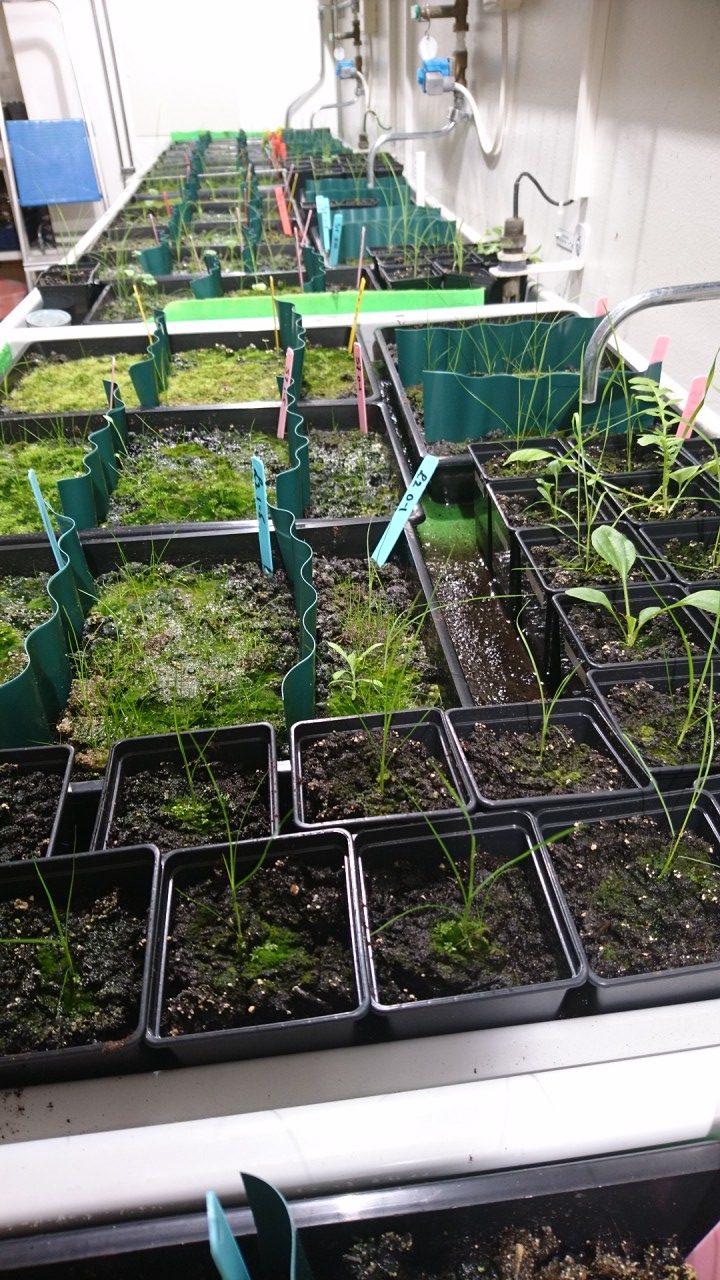
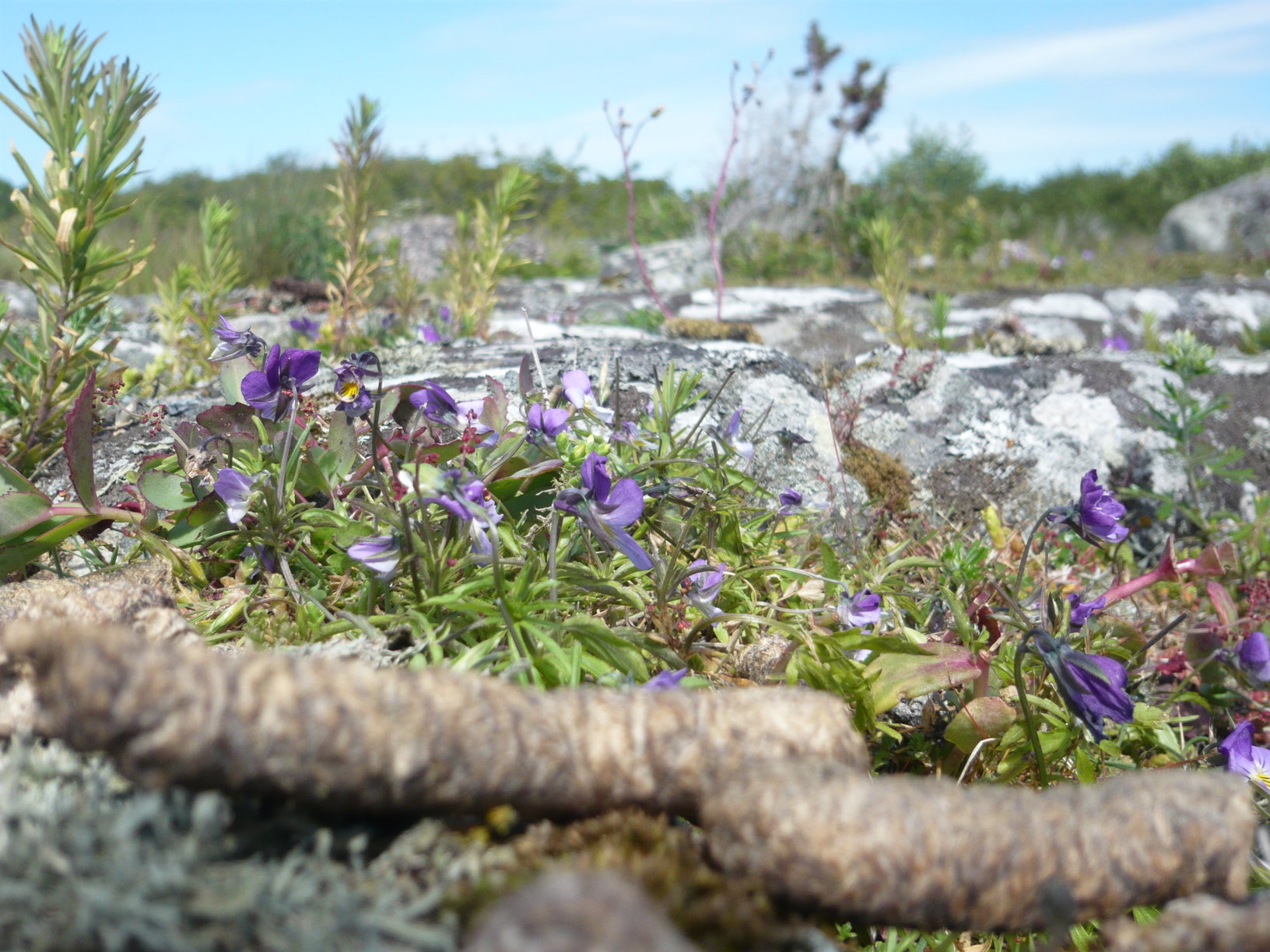 För ungefär en månad sedan uppmärksammade vi en forskningsartikel som handlade om hur grågåsen genom sin spillning är viktig för växters spridning på skärgårdsöar i Östersjön (
För ungefär en månad sedan uppmärksammade vi en forskningsartikel som handlade om hur grågåsen genom sin spillning är viktig för växters spridning på skärgårdsöar i Östersjön (